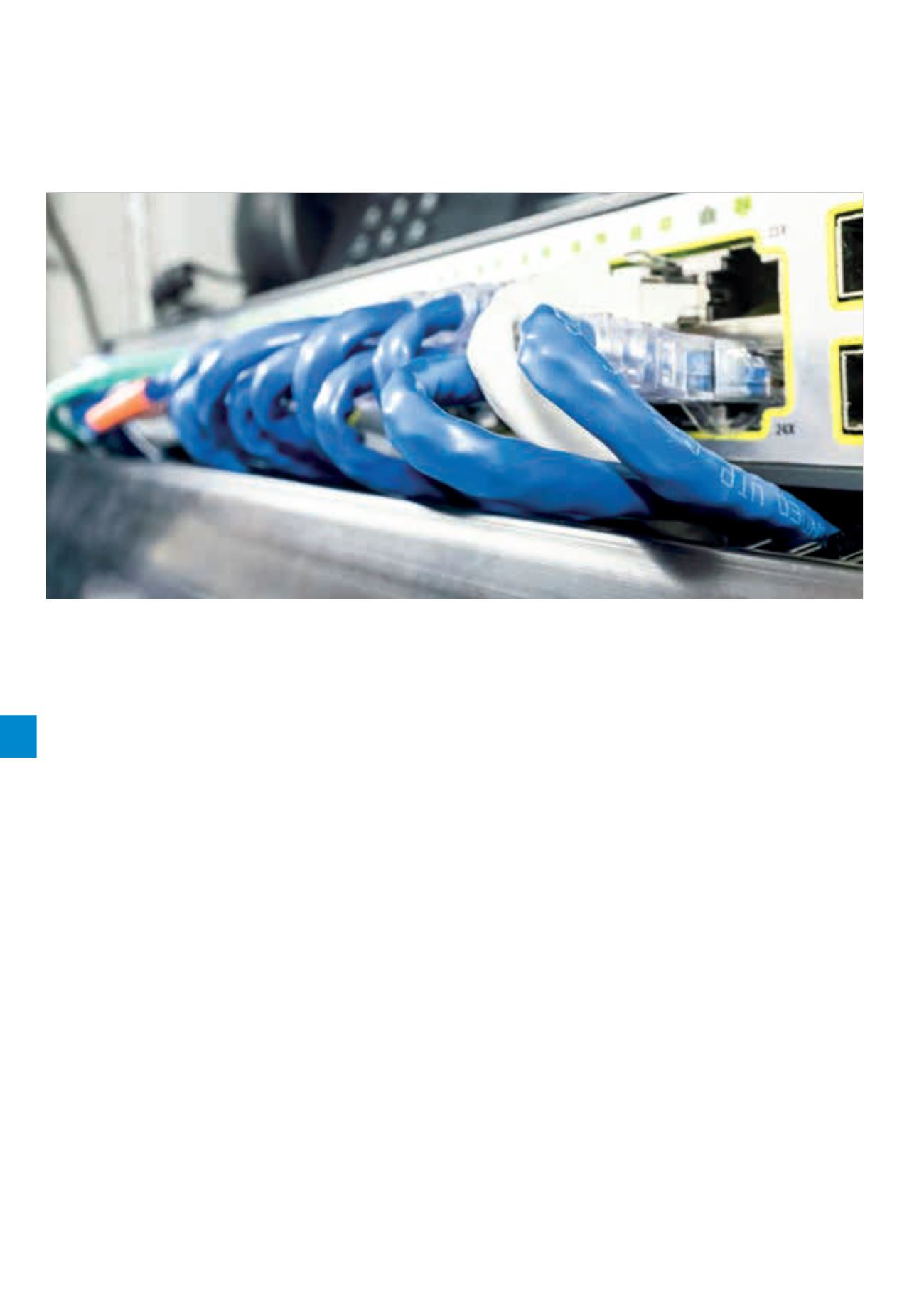

10/2
Total Solution to Earthing & Lightning Protection |
9AKK106354A3360
10
Electronic systems protection
Introduction
The information provided in these introductory pages follows the requirements
for transient overvoltage (surge) protection provided by both IEC/BS EN 62305
and the latest amendment of the IET Wiring Regulations 17th Edition,
BS 7671:2008 (+A1:2011).
What transients are and why you need protection
Transient overvoltages are short duration, high magnitude
voltage peaks with fast rising edges, commonly referred to as
surges. Often described as a “spike”, transient voltages can
reach up to 6000 V on a low-voltage consumer network,
with no more than a millisecond duration.
Lightning strikes are the most common source of extreme
transient overvoltages where total outage of an unprotected
system can occur with damage to cabling insulation
through flashover potentially resulting in loss of life through
fire and electric shock.
However, electrical and electronic equipment is also
continually stressed by hundreds of transients that occur
every day on the power supply network through switching
operations of inductive loads such as air-conditioning units,
lift motors and transformers.
Switching transients may also occur as a result of interrupting
short-circuit currents (such as fuses blowing).
Although switching transients are of a lower magnitude than
lightning transients, they occur more frequently and
equipment failures unexpectedly occur often after a time
delay; degradation of electronic components within the
equipment is accelerated due to the continual stress caused
by these switching transients.
Transient overvoltages, whether caused by lightning or by
electrical switching, have similar effects: disruption (e.g. data
loss, RCD tripping), degradation (reduced equipment lifespan),
damage (outright equipment failure, particularly concerning for
essential services such as fire and security alarm systems)
and downtime - the biggest cost to any business such as lost
productivity and product spoilage, staff overtime, delays to
customers and sales lost to competitors.


















